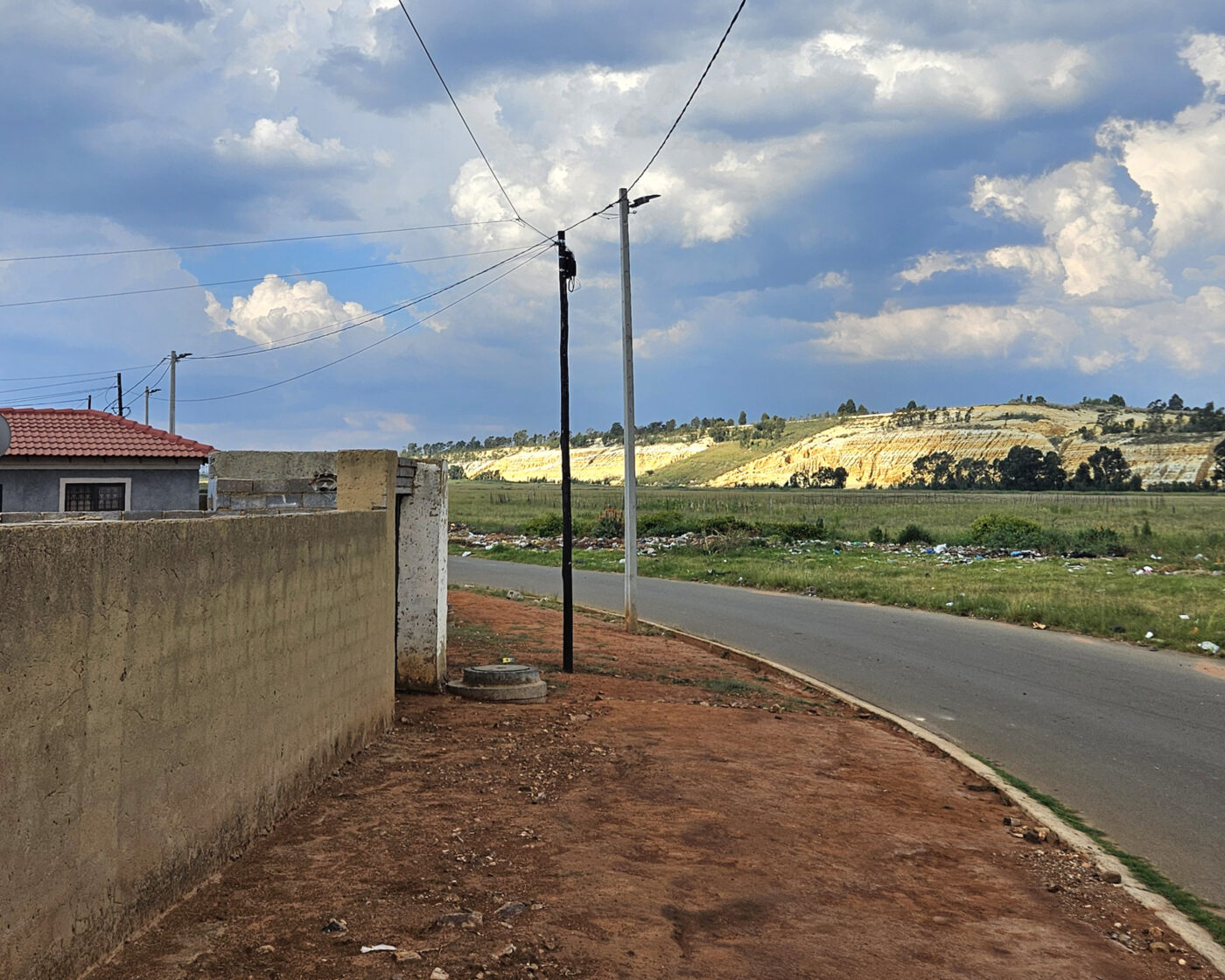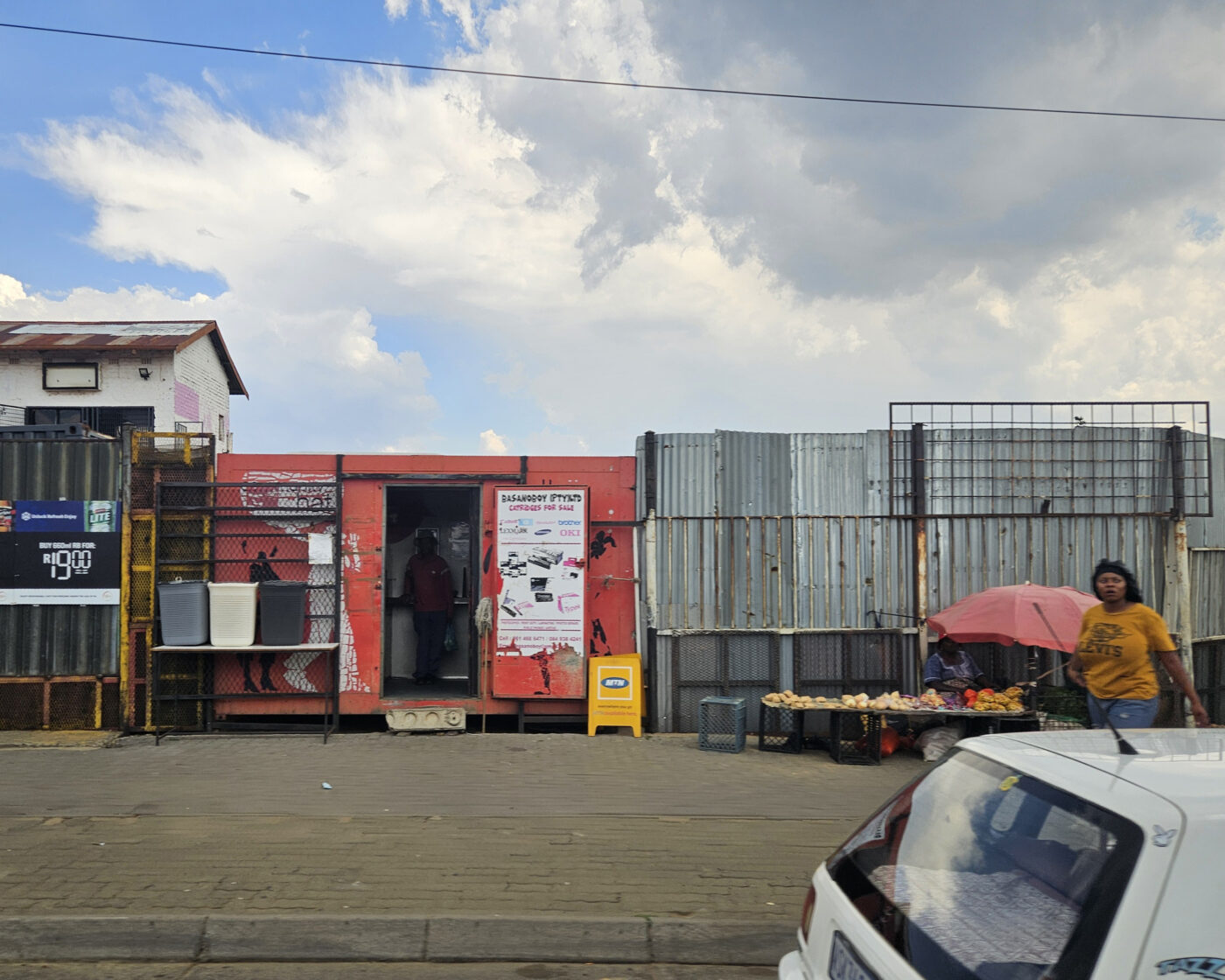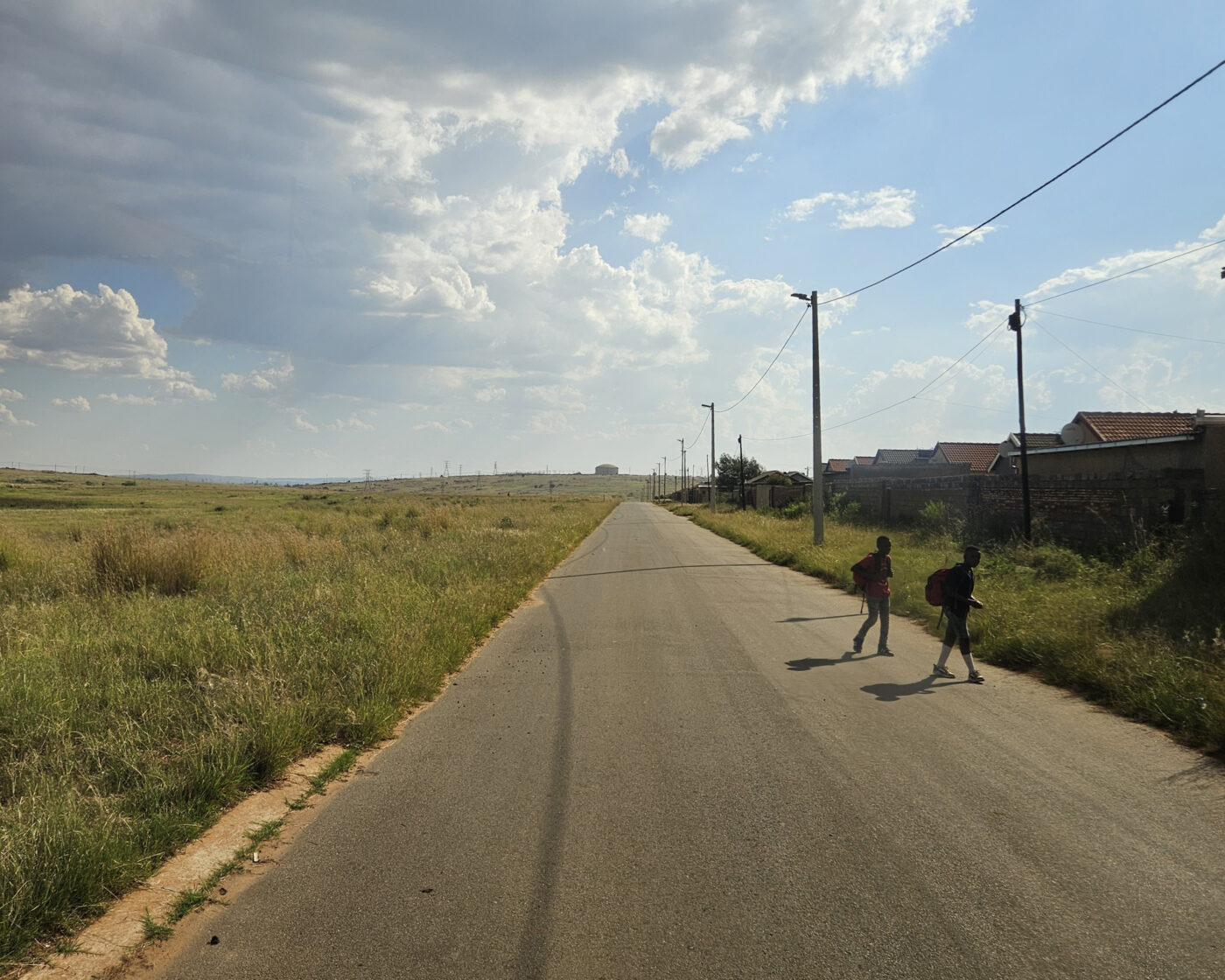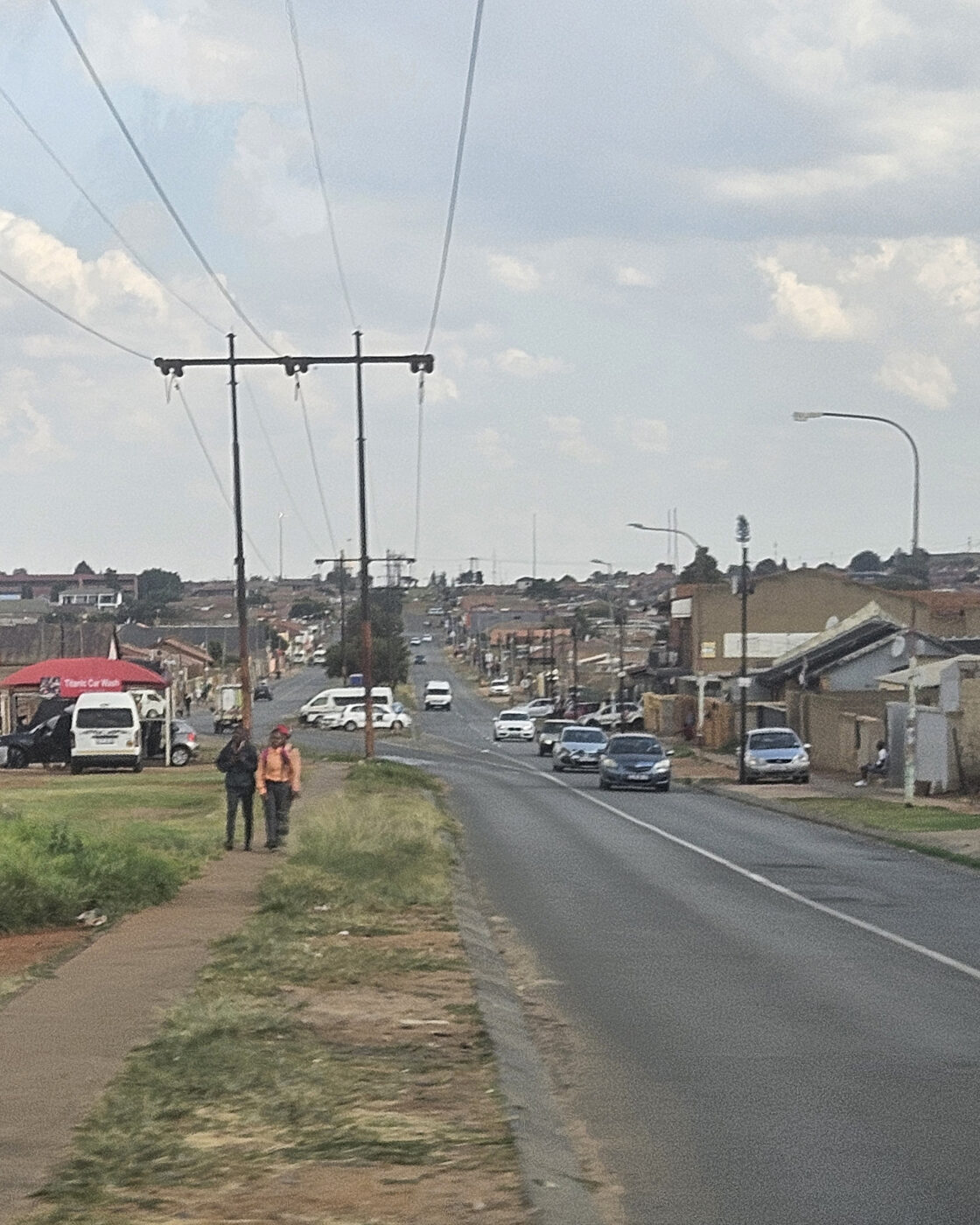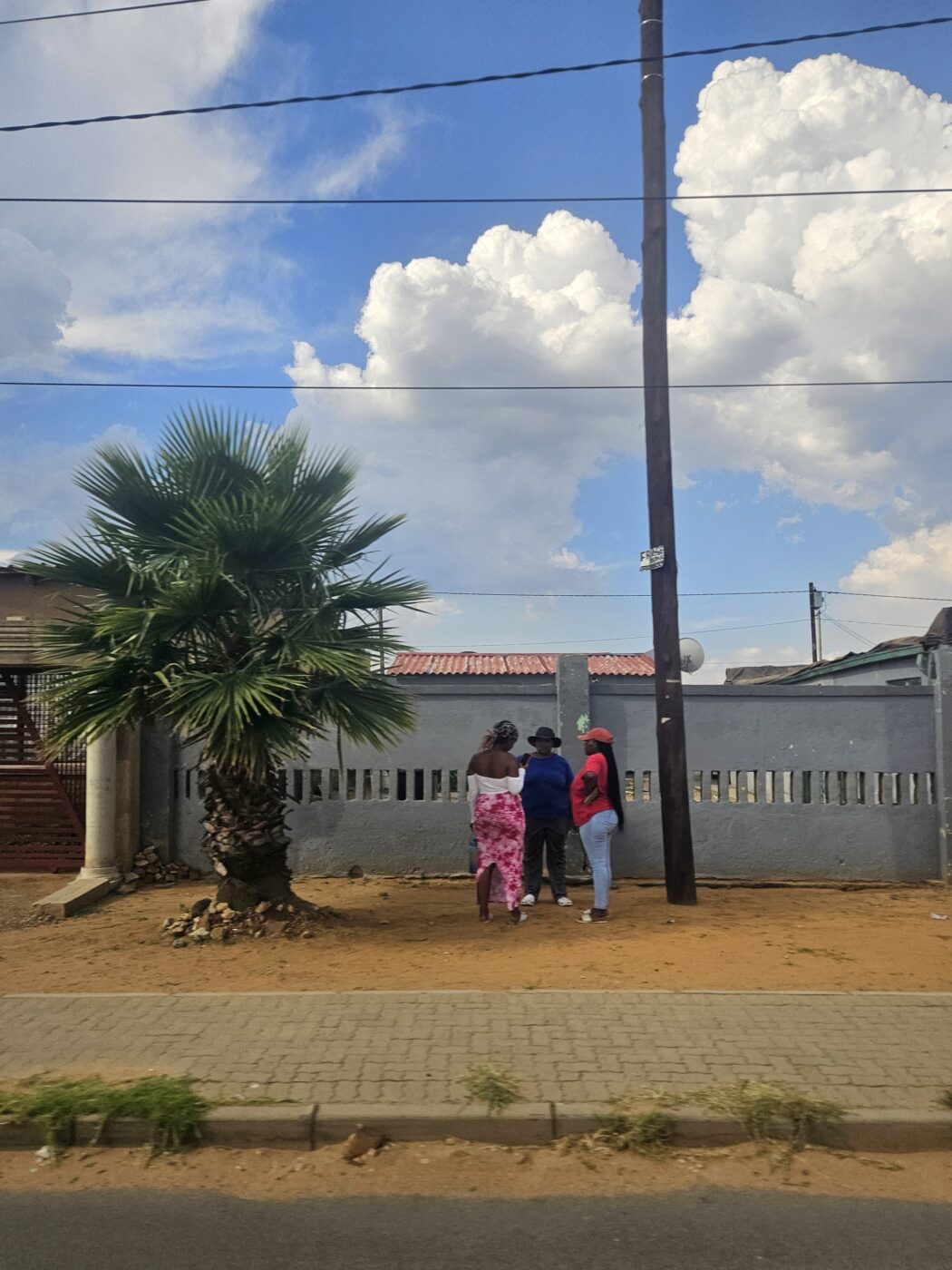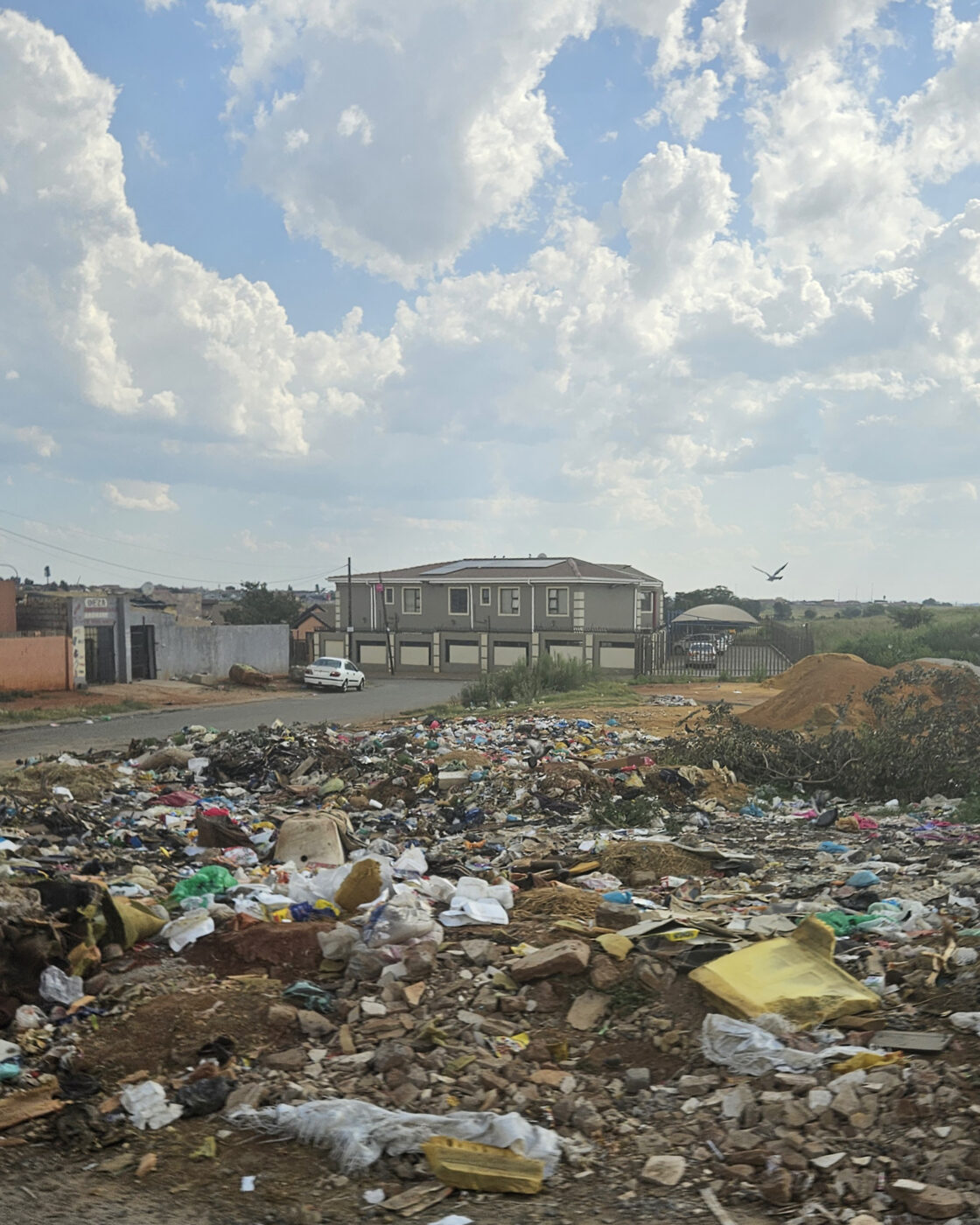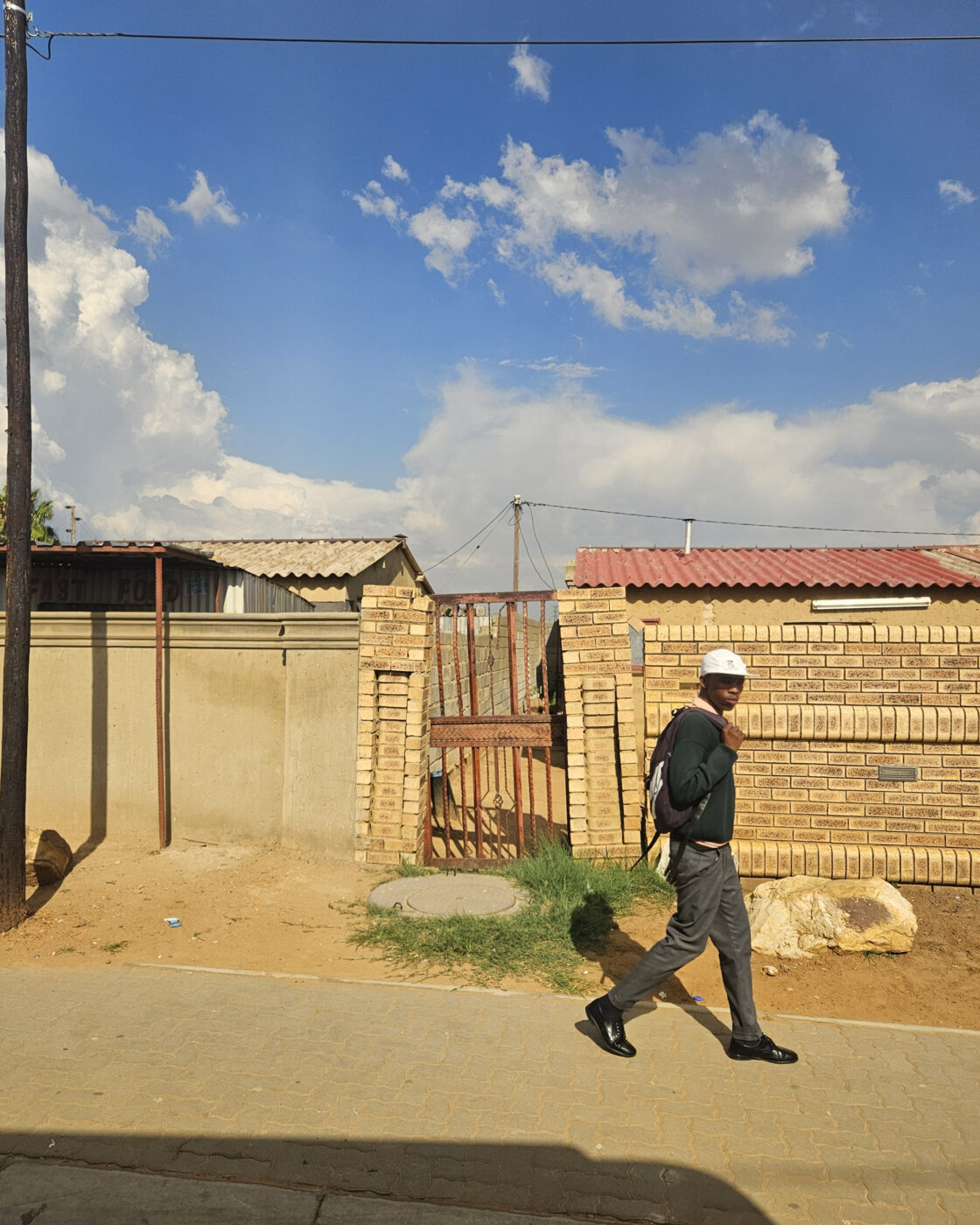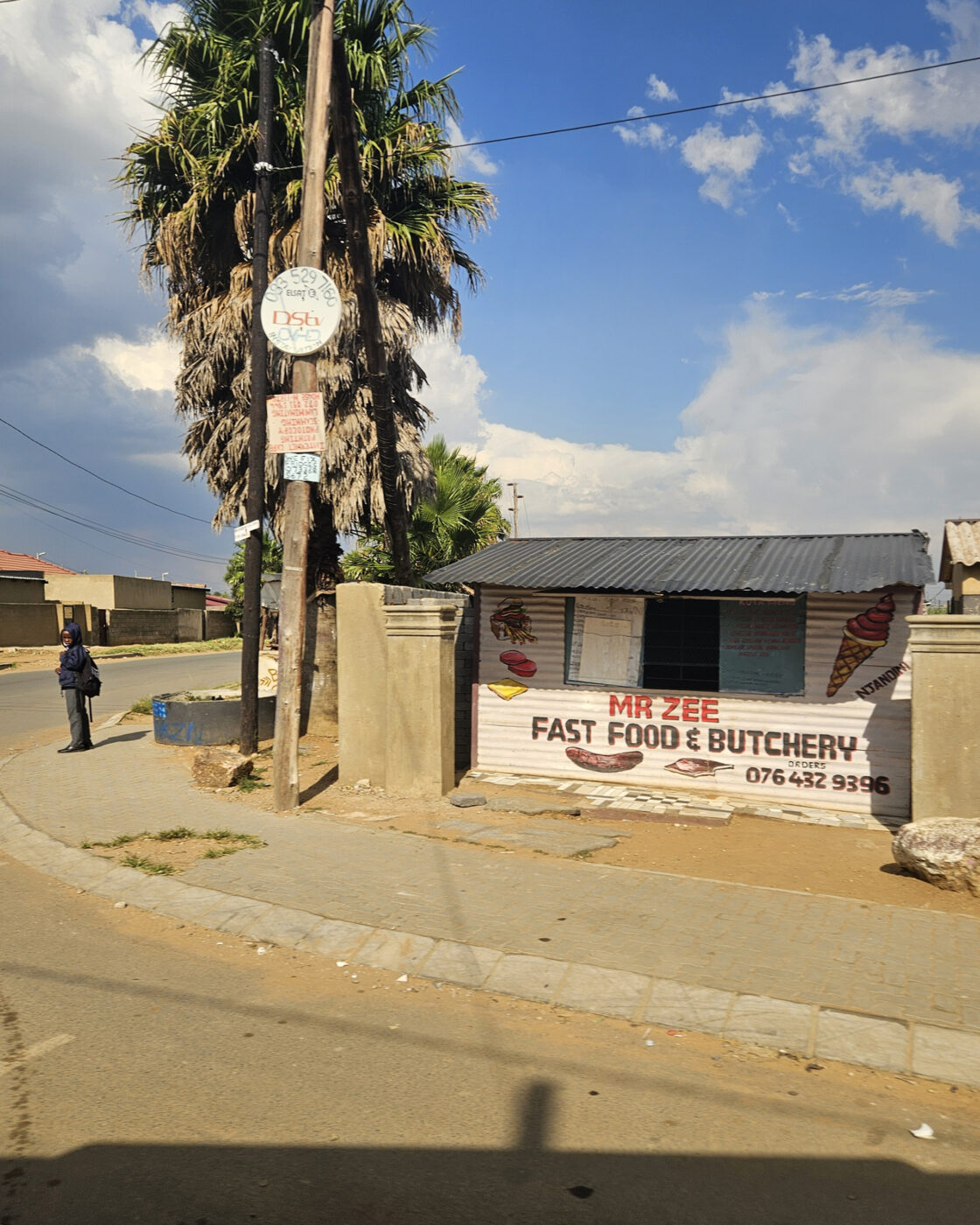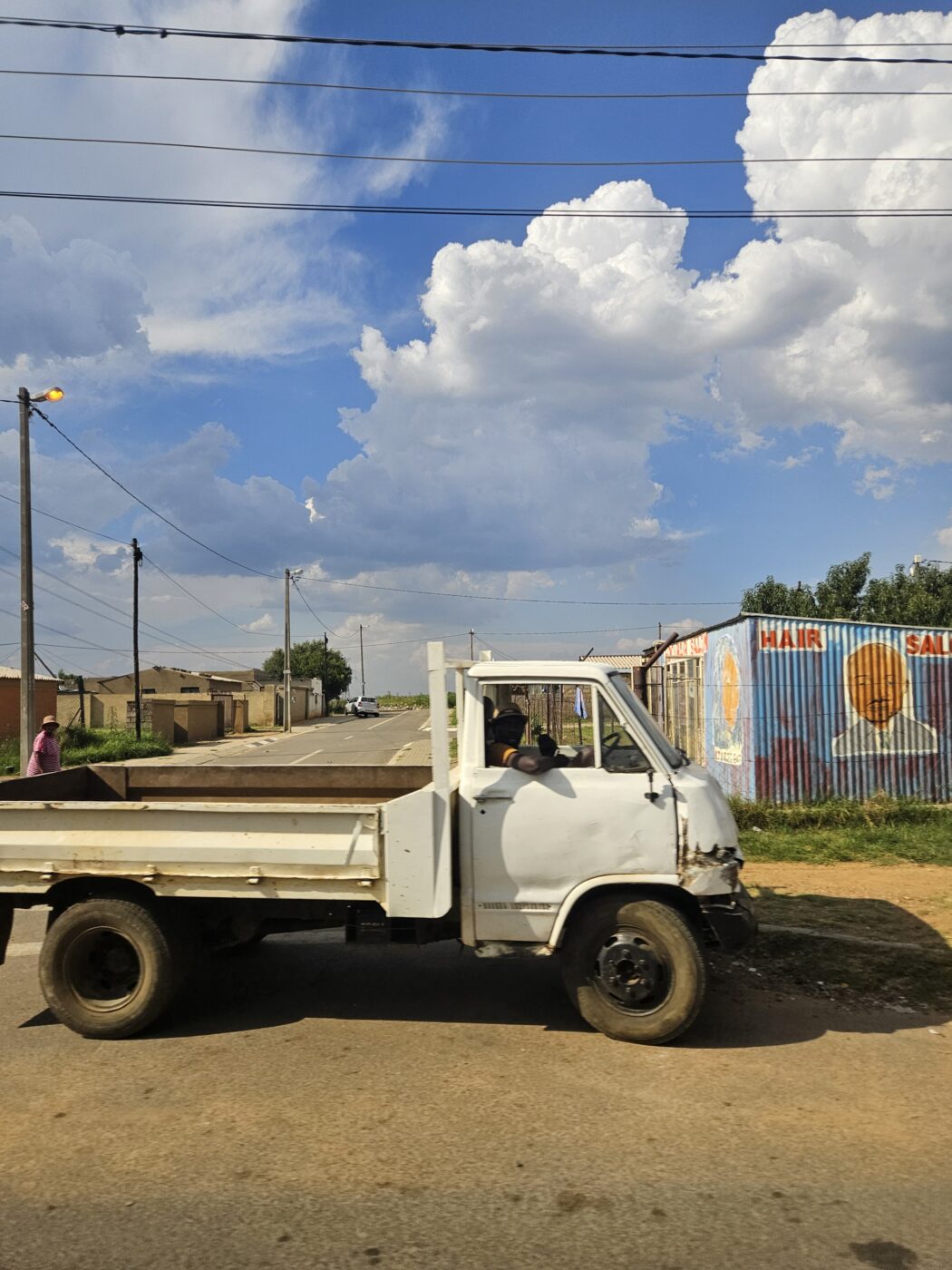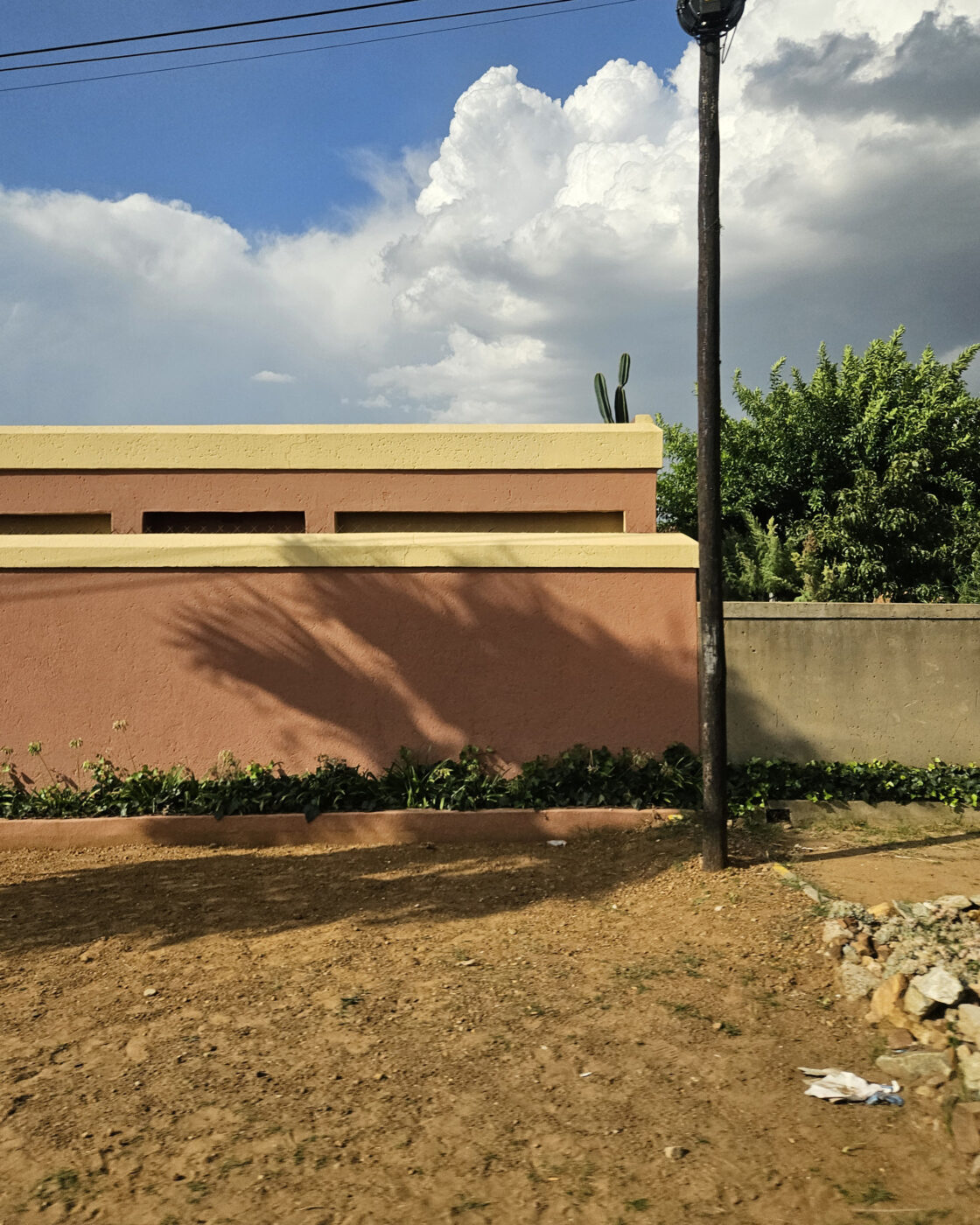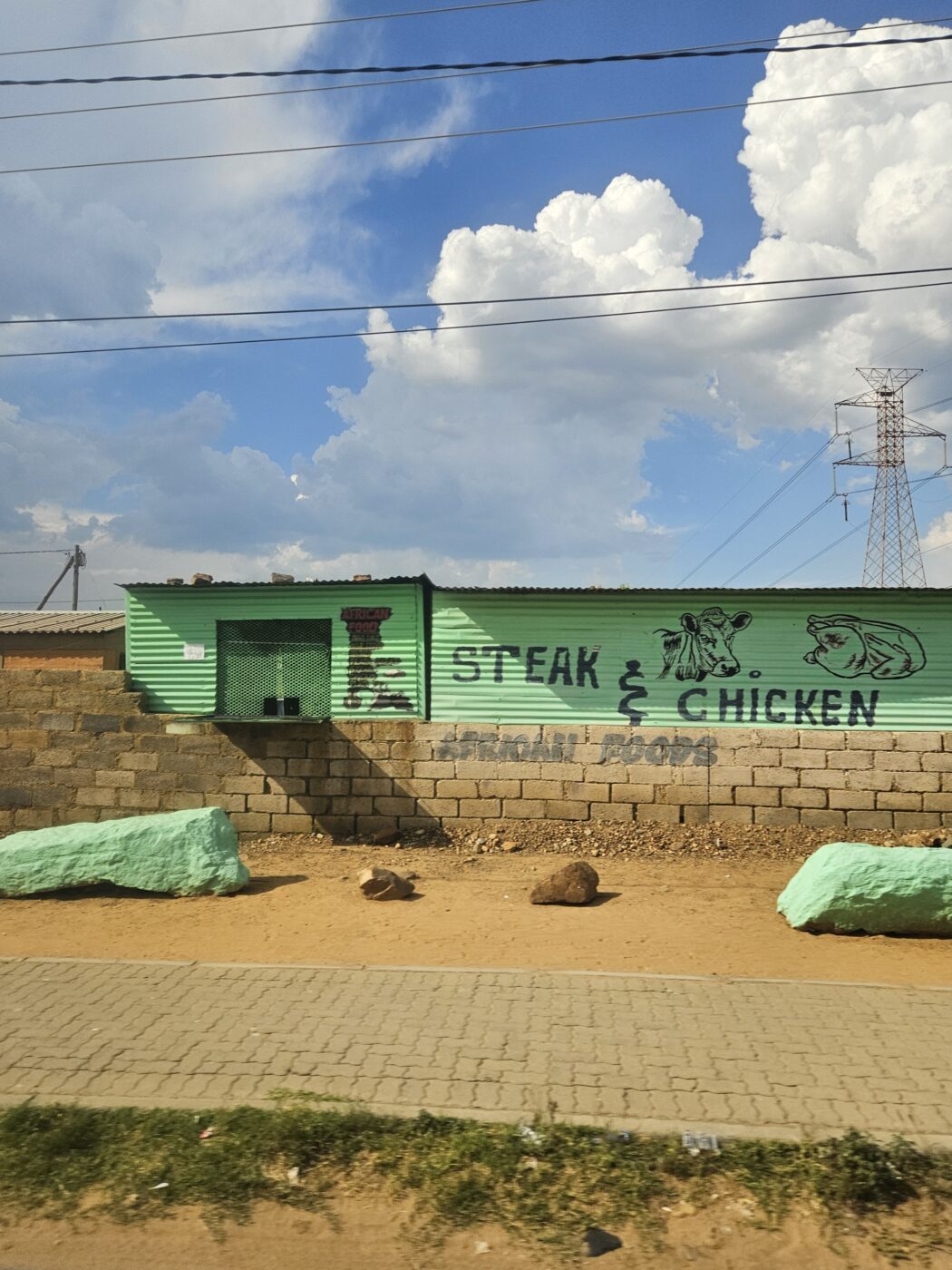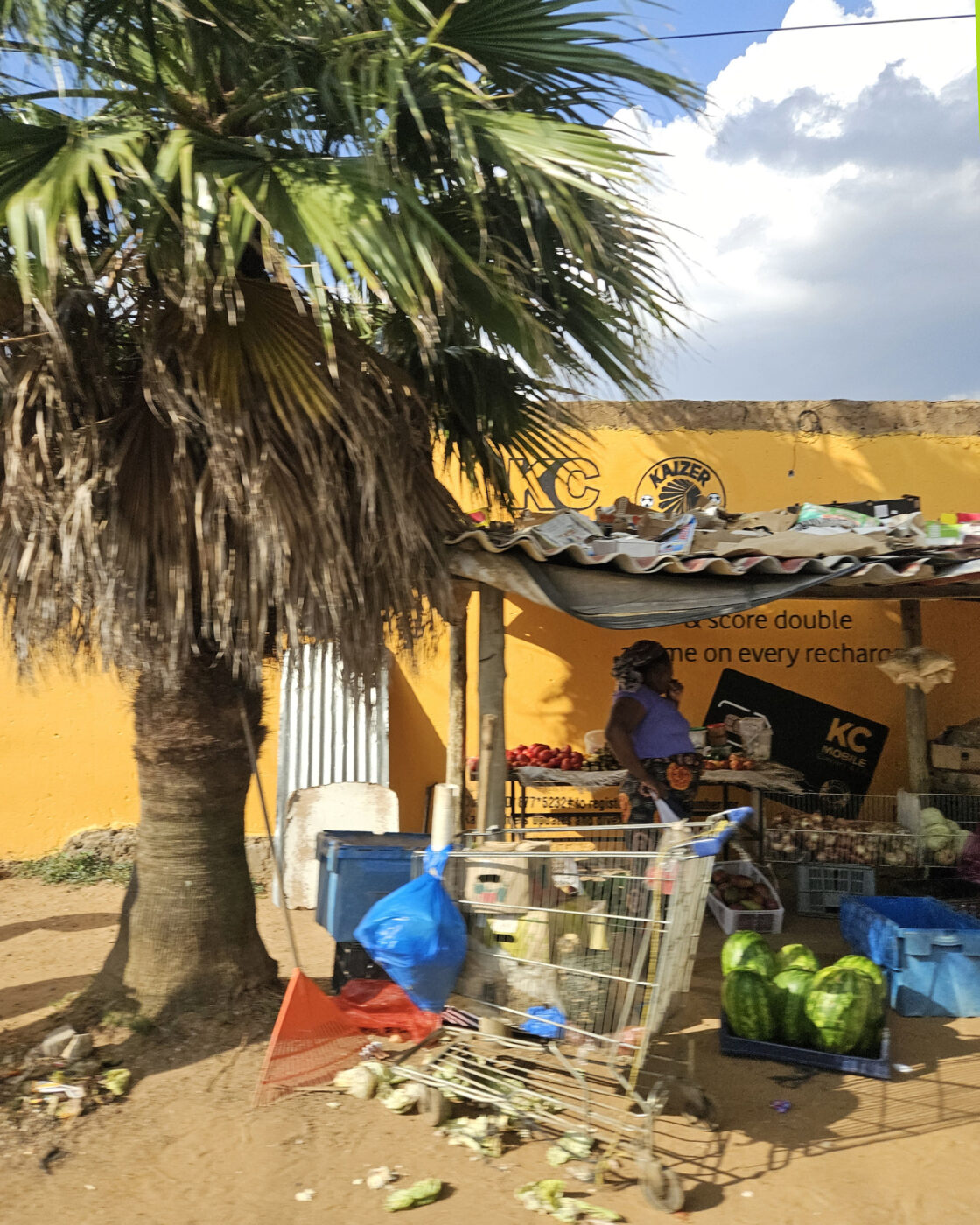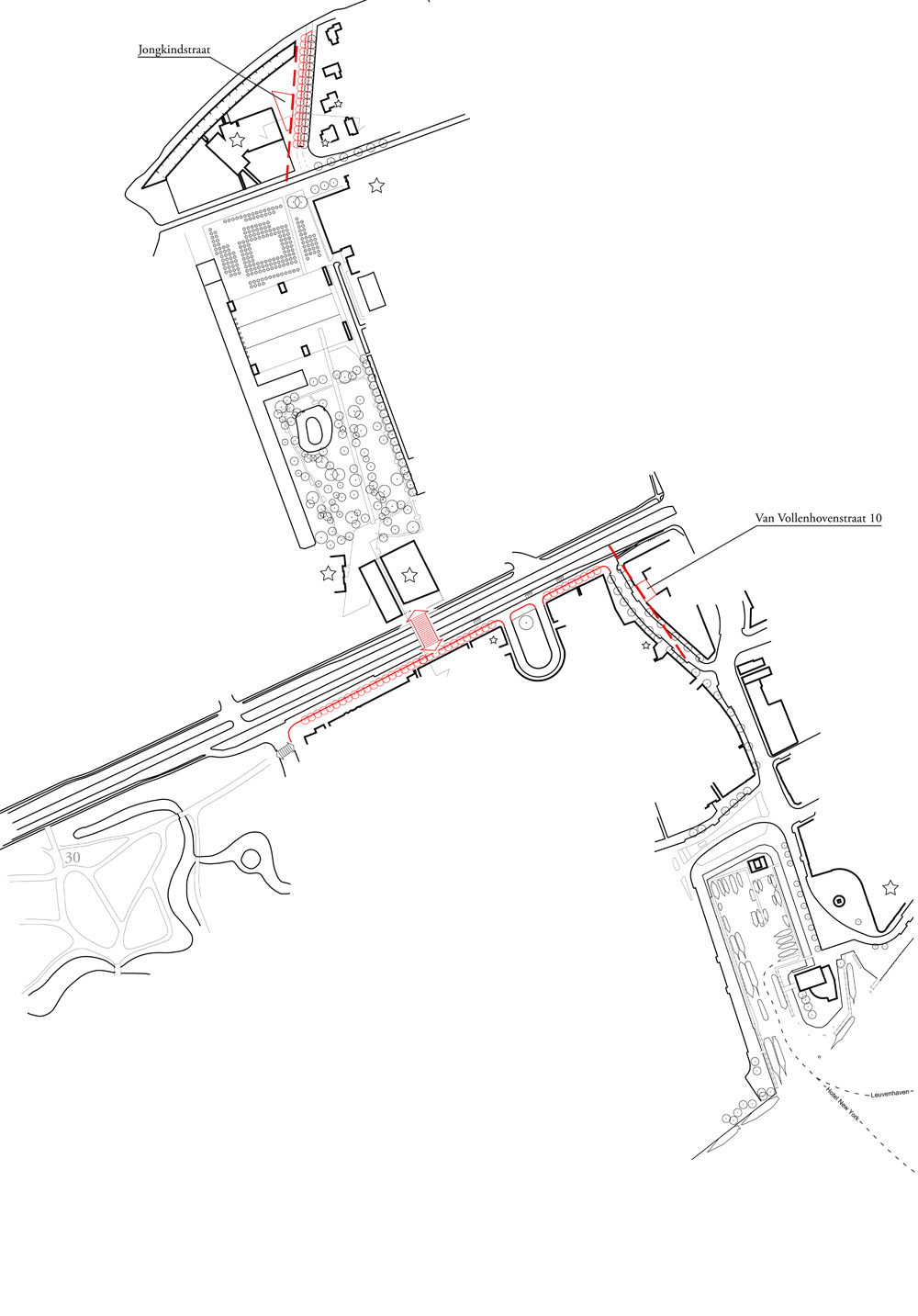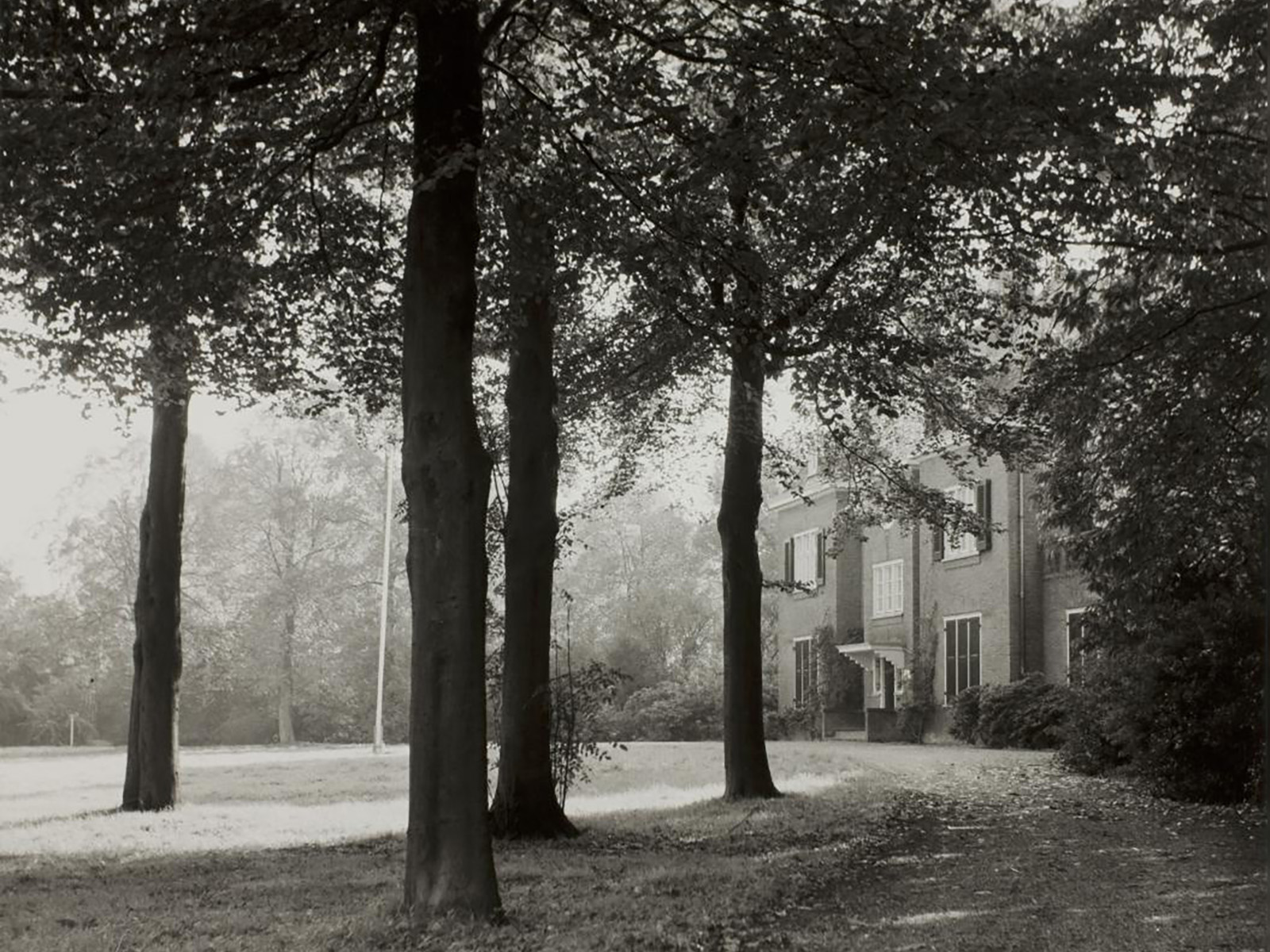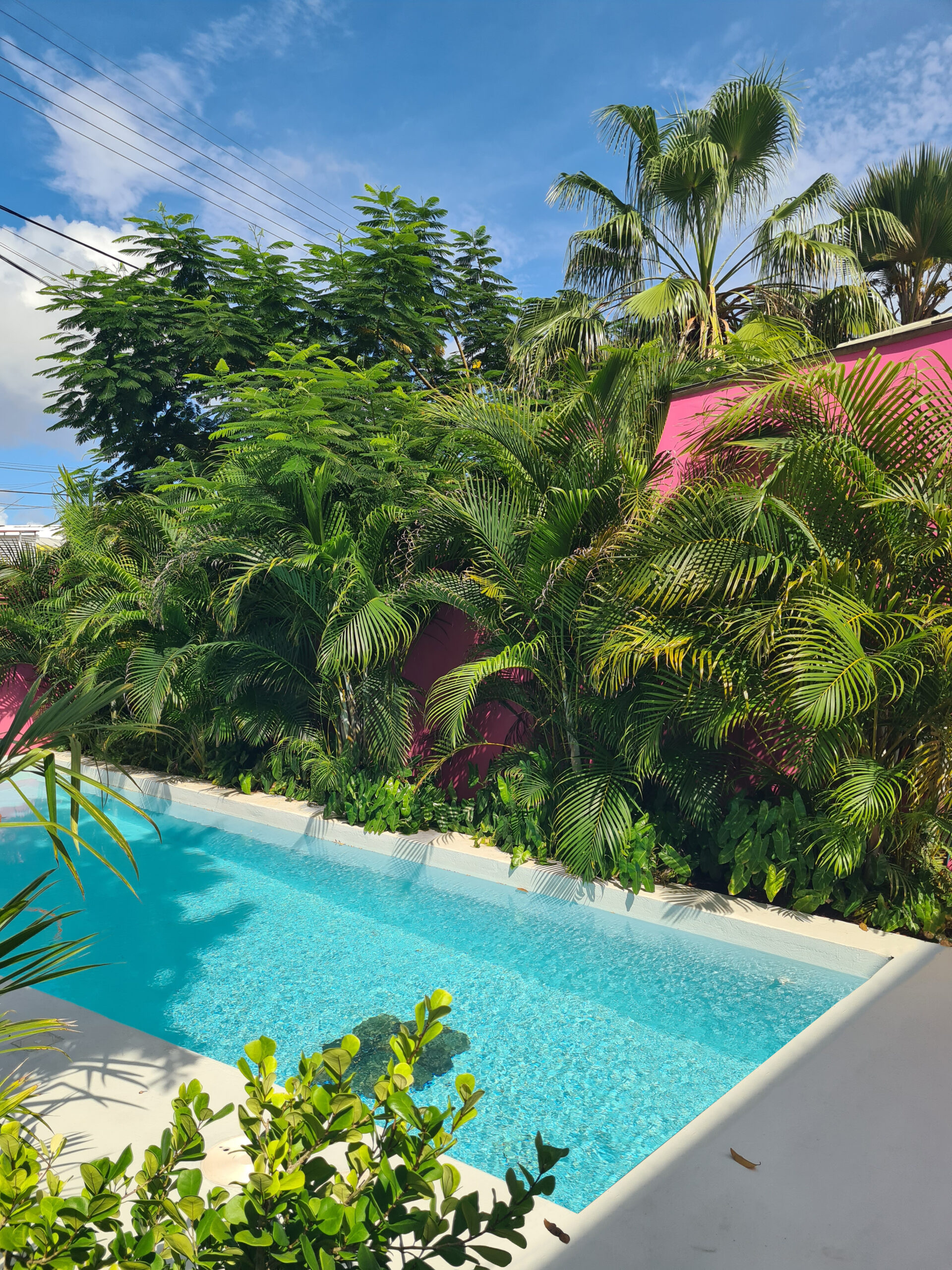Living on the Edge. Systematically planned and intensively lived townships around Johannesburg (SA) express the most contradictory aspects of urbanisation. From its origins in the late ‘50s politically highly disputable and economically deplorable, live goes where it can’t go. Bram Fischerville is one of the many townships. It is wrapped around tailing Valkfontein, a golden sleeping giant consisting of pollutedmaterials left over after the mining process of separating the valuable fraction from the uneconomic fraction. More than elsewhere the people of Bram Fischerville are living on the edge.
The visual essay Living on the Edge is part of the MineLives Project in which post-extraction landscapes in the Gaudeng and Limpopo region around Johannesburg are the focus of a multidisciplinairy research and design team. The reclamation of post-extraction landscape is a global issue and intertwined with the water-energy-food (WEF) nexus. The project proposes the concept of ‘ecosystem participation’. Which is explored as a combination of Longue Durée and Reversed Engineering with Nature, a tool for highlighting, preserving and repurposing post-extraction landscapes.
Understanding the changing roles and relations of water, energy and food in these landscapes allows for reactions to the history of extractions, its present impact and future transitions away from it. By mapping the spatialised relations of natural and cultural conditions, historically informed design acts to inform and reconnect users with former extraction sites, while fostering a greater understanding and awareness of the intertwined nature of mining, landscape and the history of water-energy-food resources.
The aim of the project is to create a research and design community, theoretical foundation, methodological approach and learning matrix in which the spatial dynamics and Longue Durée interactions between water, energy and food are analysed in extractive and post-extractive contexts to inform an interdisciplinary vision for sustainable futures.
